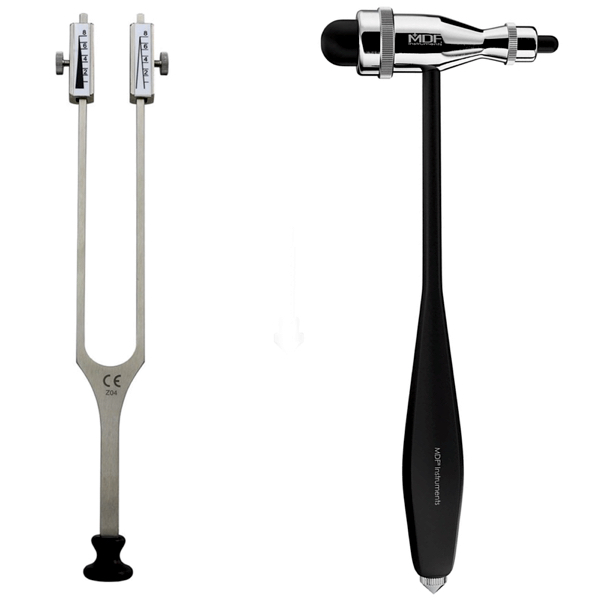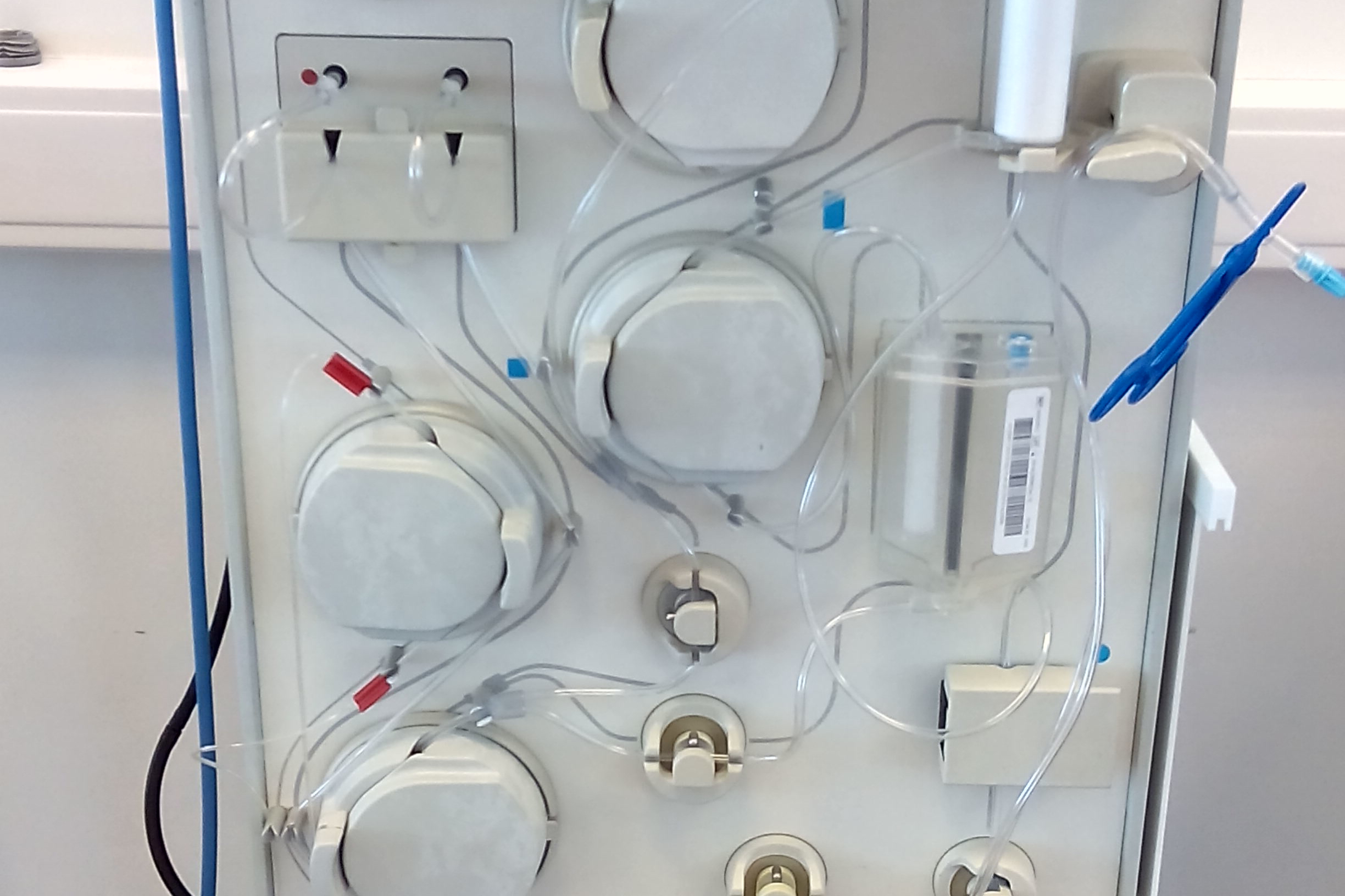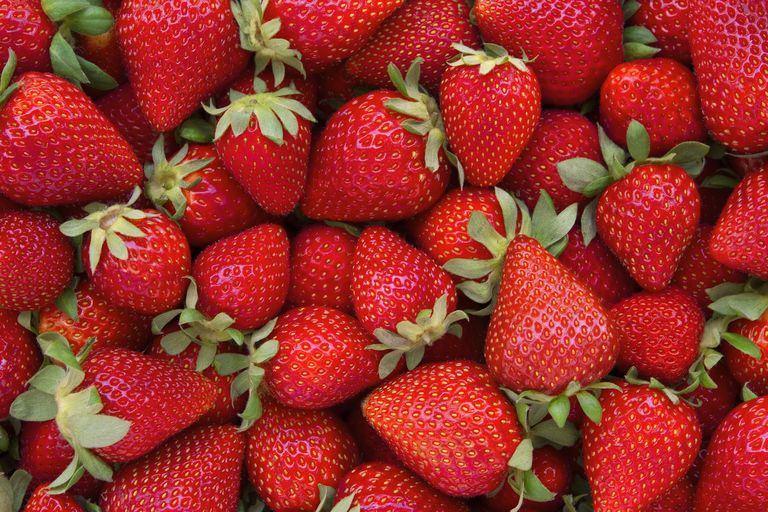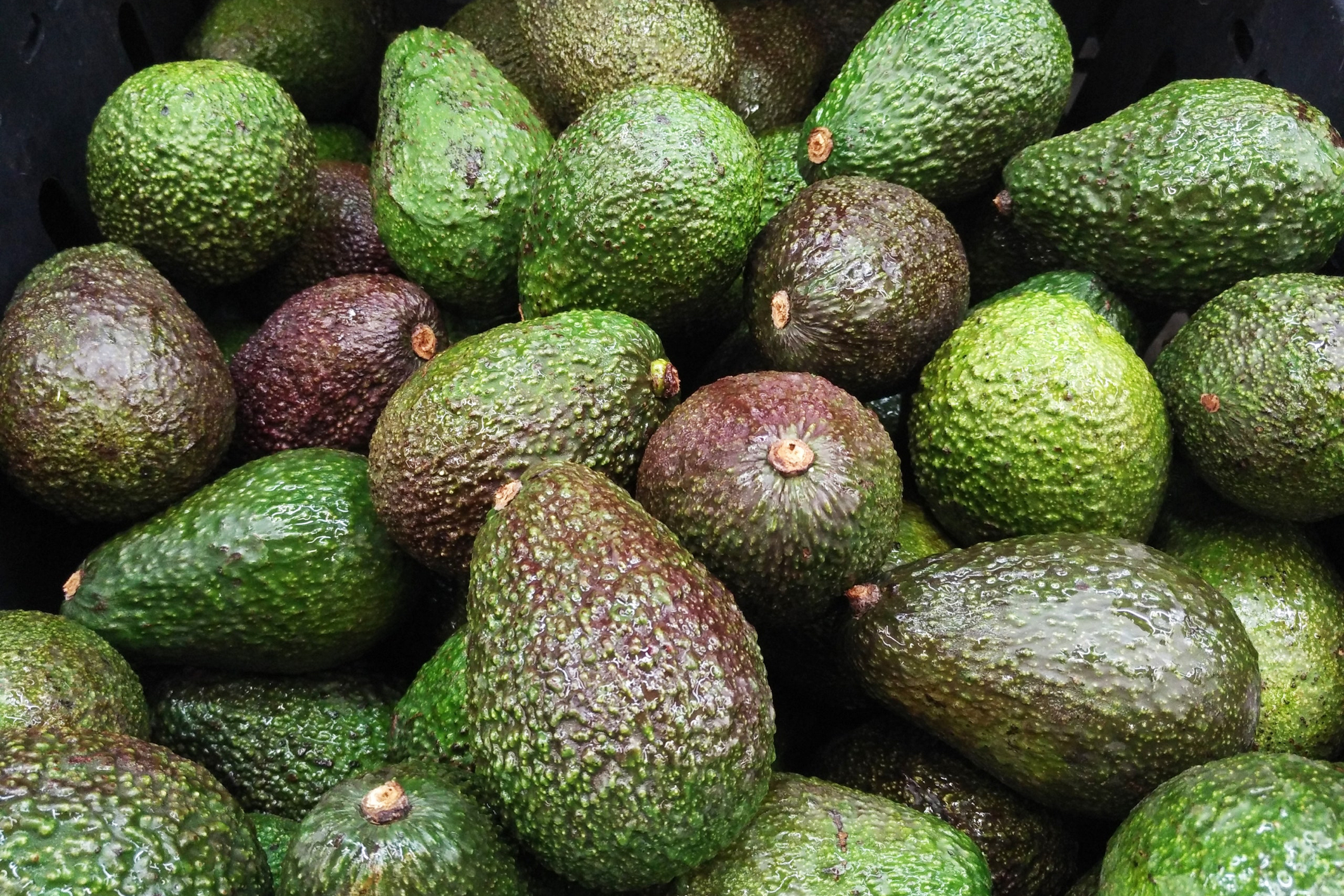The average adult consumes about 22 teaspoons of added sugar a day. And that’s on top of any naturally occurring sugars consumed through fruit, grains, and milk products.
Excessive sugar consumption has been linked to: obesity, diabetes, heart disease, increased inflammation in the body, high cholesterol, and high blood pressure.
By adopting a no-sugar diet, your risk for these health conditions significantly decreases. Keeping this in mind may help you stick with a new diet plan.
Creating an eating plan you can stick to is key. For many people, this means starting slowly. Think of the first few weeks as a period of lower sugar instead of no sugar. Your taste buds and palate can be “retrained” to adopt a less sugary lifestyle, and eventually you will not crave the same high-sugar foods as before. During this time, you can still eat foods with natural sugars, like fruit, as these are packed with nutrients and fiber. As your knowledge base grows, you should begin to make small changes to your diet to decrease your intake of sugars.
- Try putting less sweetener in your coffee, tea, or breakfast cereal.
- Swap regular soda and fruit juices for a flavored carbonated water that has no artificial sweeteners. Another option is to infuse your water with your favorite fruit.
- Reach for unflavored yogurt instead of your usual full-flavor pick. Try flavoring your own plain yogurt with berries.
- Be mindful of how much dried fruit you eat, as it often has added sugar on top of its higher naturally occurring sugar content. Replace dried mango and other fruits with fresh berries.
- Choose whole wheat breads, pastas, and other grains with no added sugar. Read labels to make sure you’re not getting added sugar in foods.
Many people deal with sugar withdrawal during the first week, so if you’re feeling cranky or craving sugar, you’re not alone. Making small changes like these can help ease your cravings and put you on the path to success.
- breakfast pastries, like muffins and coffee cake
- baked goods, like cookies and cake
- frozen treats, like ice cream and sorbet
Note that some foods with naturally occurring sugar are often nutrient-dense, high in fiber, and can be a part of a healthy, well-balanced diet. However, as you settle into your new routine, you can also remove foods high in naturally occurring sugar from your diet. This will further train your brain to have fewer cravings.
These include:
- dried fruits, like dates and raisins
- yogurt with added fruit or other flavors
- milk
Switching to a no-sugar lifestyle often carries a learning curve. There’s hidden sugar in many, if not most, products found on supermarket shelves. For example, hidden sugars can be found in: baked beans, crackers, tacos, boxed rice, frozen entrees, grains, like bread, rice, and pasta. The simplest way to eliminate hidden sources of sugar is to read the nutritional information and ingredients list found on the food label.
Keep in mind:
- Sugar is often measured in grams on labels. Four grams is the equivalent of one teaspoon.
- Some foods, like fruit, don’t come with an ingredients label. This means you’ll have to look up the nutritional information online.
- Nutrition labels will soon have additional information to help you make informed decisions. The new label must list both total sugars and added sugars. Some companies have already adopted the new label, and all labels will be updated by July 2018.
In the long run, these substitutes can trigger sugar cravings, making it harder for you to stick to your eating plan. Common sugar substitutes include: Stevia, Splenda, Equal, Sweet ‘N Low, Nutrasweet etc. Although they’re usually marketed as a sugar replacement for cooking and baking, they’re often used as ingredients in some food products.
Ingredients to watch for include: saccharin, aspartame, neotame, sucralose, and acesulfame potassium. Often, sugar substitutes are found in products sold as no-sugar, low-sugar, or low-calorie.
6. Don’t drink it. It’s not just what you eat that matters. It’s also what you drink.Sugar can be found in: soda, fruit juices, flavored coffee, flavored milk, flavored tea, hot chocolate, and tonic water. Cocktails and after-dinner liqueurs are also high in sugar. Wine, even if it’s dry, contains naturally occurring sugar derived from grapes.
Removing sugar from your diet doesn’t mean eliminating flavor. Look to spices, seasonings, and other natural ingredients to add some variety to your meals. For example, drop a cinnamon stick into your cup of coffee or sprinkle the spice onto a cup of unflavored yogurt. Vanilla is another option. The extract can add a delicious flavor to the foods you used to sweeten with sugar, and you can use the whole bean to brew iced coffee or tea.
When eliminating foods laden with natural sugar, like fruit, it’s important to add other foods that can provide the same nutrients. For example, fruit is usually high in vitamin A, vitamin C, and fiber. Vegetables can serve as an easy replacement for many fruit servings. Eat a variety of colors of vegetables to ensure you are getting the full spectrum of nutrients. Each color represents a different nutrient the body needs. You may also wish to add a daily supplement to your routine. Talk to your doctor about your diet plan and how you can best meet your nutritional needs.
Fully eliminating natural and added sugars is not easy to do. If the thought of never eating another piece of birthday cake is too much to bear, know that total abstinence may not be necessary. The American Heart Association recommends we limit our added sugar intake to nine teaspoons for men per day and six teaspoons for women per day.
Remember, once you retrain your palate, your desire for extra sweet foods won’t be as great. When adding sugar back in your diet, start with naturally occurring sugars, like in fruit. You will find these to taste sweeter, and they’ll be more satisfying once you have gone through the sugar elimination process. Think of sugar like your favorite holiday. Knowing that there’s a sugary occasion to work toward may help you stick to your goals. On set occasions, sugar can be eagerly anticipated, fully savored, and then tucked away until next time. Going completely sugar-free isn’t for everyone. However, limiting sugar is something most anyone can do, even if for a short period of time. You may wish to alternate your no-sugar diet with a low-sugar diet from week to week. You could also try avoiding refined sugars but reintroducing naturally occurring sugars, like in fruits, back into your diet. No matter how you reduce your sugar intake, making a concerted effort to do so is likely to have a positive impact. It can help your skin clear up, increase your energy levels, and reduce excess weight you’ve been carrying. These health benefits will only increase over the long-term.
https://www.healthline.com/health/food-nutrition/no-sugar-diet
https://www.niddk.nih.gov/health-information/diabetes/overview/diet-eating-physical-activity
https://www.heart.org/en/healthy-living/healthy-eating/eat-smart/sugar/added-sugars#.WPUQnTLMxE8
Prednisone
Prednisone is used to treat many different inflammatory conditions such as arthritis, lupus, psoriasis, ulcerative colitis, allergic disorders, gland (endocrine) disorders, and conditions that affect the skin, eyes, lungs, stomach, nervous system, or blood cells.
IVIG
Intravenous immune globulin (“IVIG”) is a product made up of antibodies that can be given intravenously (through a vein). IVIG is given into a vein (“intravenously”), in an infusion that takes one hour or more. The amount of IVIG you need for each dose depends on your weight as well as the reason you are getting the IVIG:
Plasmapheresis/Apheresis
Plasmapheresis/Apheresis is a process in which the fluid part of the blood, called plasma, is removed from blood cells by a device known as a cell separator. The separator works either by passing the blood at high speed to separate the cells from the fluid or by passing the blood through a membrane with pores so small that only the fluid part of the blood can pass through.
Eculizumab
Eculizumab is the first treatment to be approved to treat adults with anti-AChR Ab+ gMG in more than 60 years. Soliris works to help manage anti-acetylcholine receptor antibody-positive generalized Myasthenia Gravis (anti-AChR Ab+ gMG) by focusing on a specific part of your immune system.
VYVGART
VYVGART is the first treatment that uses a fragment of an IgG antibody to treat adults with anti-AChR antibody positive gMG. VYVGART is a fragment of an IgG antibod
Rituximab
Rituximab is a genetically engineered antibody that depletes CD20+ B-cells and is Food and Drug Administration- approved for treatment of non-Hodgkin lymphoma, CD20+ CLL, and rheumatoid arthritis. It carries a favorable side effects profile.
Low Salt Diet
Most people eat much more sodium (salt) than they need. This can lead to health problems like high blood pressure. To lower the amount of sodium in your diet, follow these tips when you go food shopping:
Low Sugar Diet
The average adult consumes about 22 teaspoons of added sugar a day. And that’s on top of any naturally occurring sugars consumed through fruit, grains, and milk products. Excessive sugar consumption has been linked to: obesity, diabetes, heart disease, increased inflammation in the body, high cholesterol, and high blood pressure.








